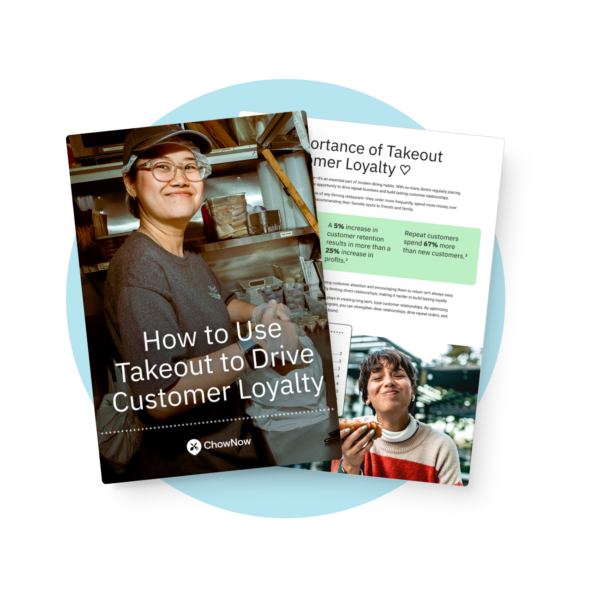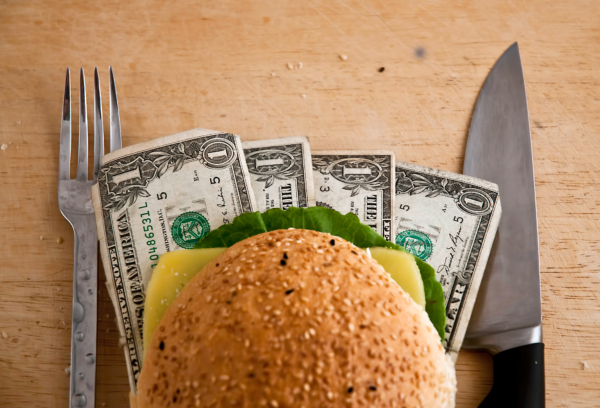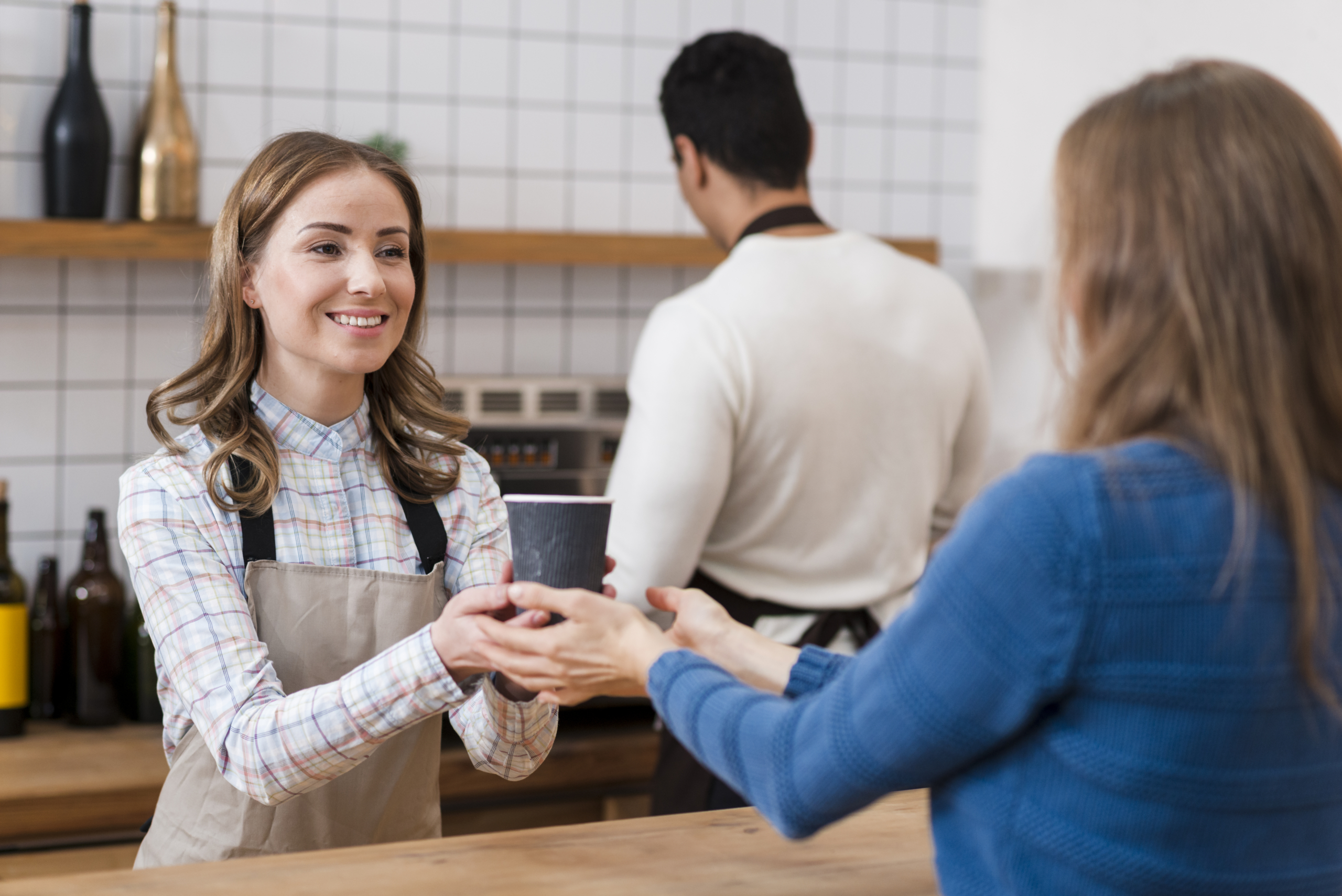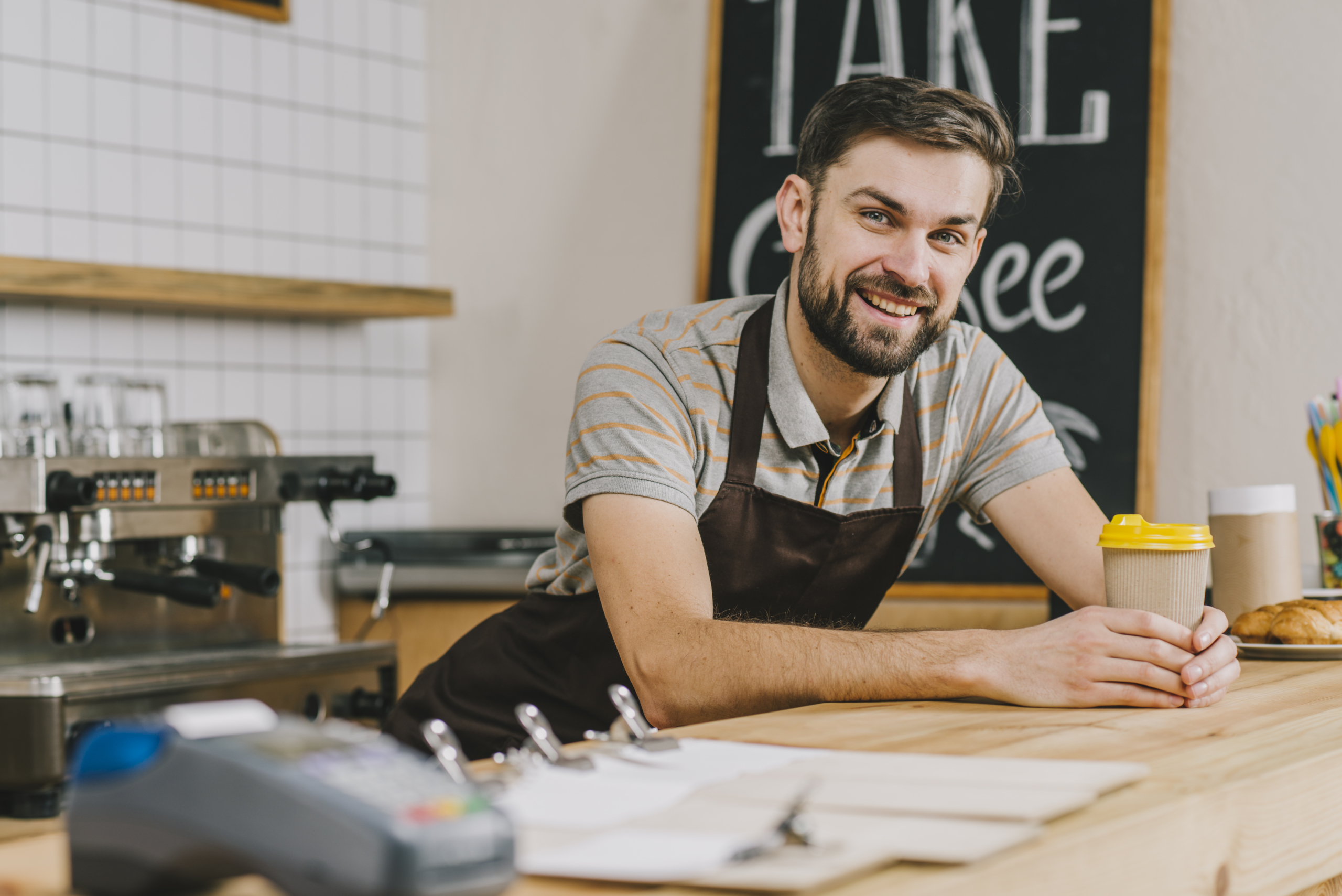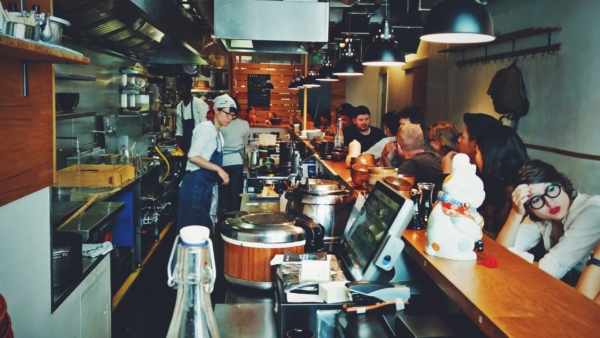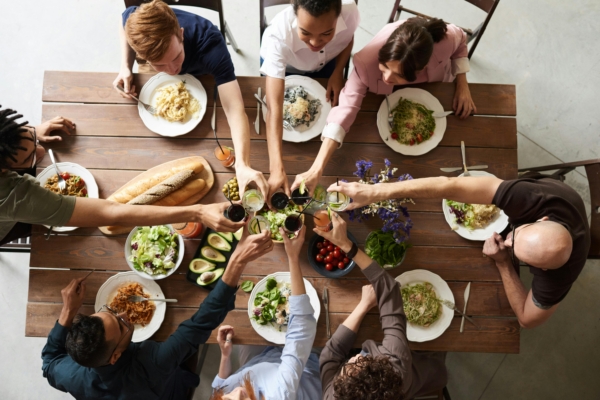Digital Menu Psychology: How to Influence Ordering Decisions Online

Human beings exhibit many predictable behaviors that we don’t realize we act on subconsciously.
For example, looking up and to the left when trying to remember something, yawning when someone else yawns, or mirroring the body language of people around us.
The same thing goes for things we are naturally drawn to, like symmetry or contrast (think McDonald’s red and yellow sign).
Those same subconscious instincts come into play when we browse menus.
Where our eyes land first, how we interpret prices, and what descriptions stick in our minds—all of it is shaped by subtle design choices and cues we may not even notice.
This is the foundation of menu psychology, and for restaurant owners using online ordering platforms, it’s a powerful opportunity to influence how customers engage with their menu items.
In this article, you’ll learn:
- How to structure your menu layout to reduce friction and guide decisions
- Ways to use pricing cues and item placement to boost menu item sales
- How small tweaks to photos and descriptions can increase perceived value
You can also take a quick look at how to optimize menus using proven menu engineering techniques, smart pricing, and better item placement in the video below.
What is Menu Psychology
Menu psychology is the study of how guests interact with a restaurant’s menu and how certain design choices can influence what they order.
It’s rooted in behavioral science and backed by decades of research into decision-making, pricing, and visual perception.
In practice, it means using strategies like decoy pricing, thoughtful menu layout, and sensory-driven meal descriptions to guide guests toward the items you want them to notice first, especially the ones with a higher profit margin.
And while it’s been used for years in print menus, these same techniques can be applied to digital menus, too.
Design Your Menu for Browsing, Not Just Listing
Online menus should feel intuitive to explore and not like a cluttered spreadsheet of menu items.
If your online menu at all feels chaotic or difficult to navigate, people are more likely to bounce or default to menu items that feel more familiar.
That’s why well-designed menus improve both the dining experience and menu item sales.
Use Clear, Logical Categories
Start by organizing your menu categories clearly. For example:
- Starters
- Mains
- Desserts
- Drinks
Guests should never wonder where to find a particular dish. A logical flow keeps them engaged and reduces frustration.
Limit Choices to Reduce Decision Fatigue
Too many options can lead to indecision and even drop-off. Keep each category focused.
A handful of strong choices (with clear, appealing meal descriptions) will outperform a massive list of filler items that all blur together.
Prioritize High-Margin and Signature Items
Place your signature dishes and high-profit margin items near the top of each section.
Most guests won’t scroll forever; they’ll pick from the first few items they see. Place your most profitable dishes where they’ll have the greatest impact.
Use an Uncluttered Layout
A clean, uncluttered layout helps guests take in one thing at a time, making exploring your menu feel effortless.
And that uncluttered, well-designed structure signals quality and professionalism, something your customers will pick up on, even if they don’t realize it.
Leverage Price Anchoring to Boost AOV
How you display and structure menu prices can influence what customers perceive as a good deal and steer them toward higher-value items.
This is called psychological pricing, and it’s not just for retail stores. The same tactics are just as powerful on your restaurant menu and, when done well, can help you boost your profit margins.
Show Higher-Priced Items First
Listing a premium item at the top of a section sets a mental benchmark. When guests see a $24 entrée first, the $16 dish below it feels like a better value, even if it wasn’t a part of their original budget.
This is price anchoring, or decoy pricing, in action, and it’s a simple way to increase average order value without changing your pricing strategy.
Make Upgrades Feel Like a Natural Next Step
Use your online menu layout to position extras and add-ons near core items.
Whether it’s premium toppings, combo deals, or upsized portions, guests are more likely to say yes when those upgrades are part of the flow, not buried in a separate section.
This subtle form of psychological pricing works exceptionally well when the extra cost feels low relative to the base price (like $1 to add bacon or $2 to upgrade fries).
It encourages guests to spend just a bit more without triggering second thoughts.
Highlight Value Without Discounting
Not everything needs to be on sale. Strategic placement and charm pricing (think $9.95 instead of $10) can help items feel more approachable.
It’s less about offering a discounted price and more about tapping into how customers perceive cost.
Use Language That Sells
The words you use to describe your food matter.
A flat, boring dish description can be skipped over entirely, but one that speaks to the senses and taps into your emotions can significantly increase your menu item sales.
Here’s how to do that.
Keep Descriptions Short, But Enticing
Online guests skim. So instead of listing ingredients like a grocery receipt, craft brief, punchy meal descriptions that spark curiosity.
“Grilled chicken, mixed greens, citrus vinaigrette” becomes “Char-grilled chicken over crisp greens with a zesty citrus vinaigrette.”
Same item, but way more compelling.
Use Sensory and Emotional Triggers
Words like “crispy,” “house-made,” “slow-roasted,” or “comforting” activate the senses and emotions to increase perceived quality.
This kind of psychological strategy works because it elevates the perceived value of the dish, without having to change anything about the food on the plate.
Highlight Popularity and Favorites Subtly
Guests want to feel confident in their choices. Phrases like “chef favorite,” “customer favorite,” or “popular items” can help encourage clicks on profitable items.
These social cues offer reassurance without coming across as pushy.
Photos Matter More Than You Think
Photos can do what a paragraph of sensory and emotionally charged descriptions can’t: create immediate cravings for a dish.
We eat with our eyes first, so a well-chosen image can help customers make a fast decision or persuade someone who’s on the fence about a menu item to give it a try.
Use High-Quality Photos for Select Items
Feature professional, appetizing photos for your most profitable dishes or signature items.
A sharp image of a sizzling taco platter or gooey grilled cheese can do more than words ever could.
Just make sure the dish in the photo matches what guests actually receive; consistency builds trust.
Keep Visuals On-Brand
It’s better to use no photo than a bad one. Blurry, off-brand, or overly styled images can hurt trust, especially if what arrives doesn’t match what the guest saw.
Stick to high-quality images that reflect your actual food items, your plating style, and your restaurant’s theme.
The more authentic you are, the more customers will trust and connect with your brand.
Guide Guests with Menu Sections and Badges
Group and label your dishes to make it easier for guests to discover new menu items, make faster decisions, and feel more confident about the choices they’re making.
Create Sections That Guide Discovery
Simple cateogy labels like “Most Popular,” “Share,” or “Chef’s Picks” help guests navigate quickly.
For example, this is a section labeled “Popular Items” on Maple Block’s direct online ordering menu page.

These kinds of labels act as signals, telling guests which menu items are worth a closer look.
Use Sections to Highlight LTOs and Bestsellers
Categories are digital equivalents of table tents or chalkboard specials. They grab attention and create urgency, especially for limited-time offers.
For example, this is a “New Specials!” category on Ollie’s direct online ordering menu.
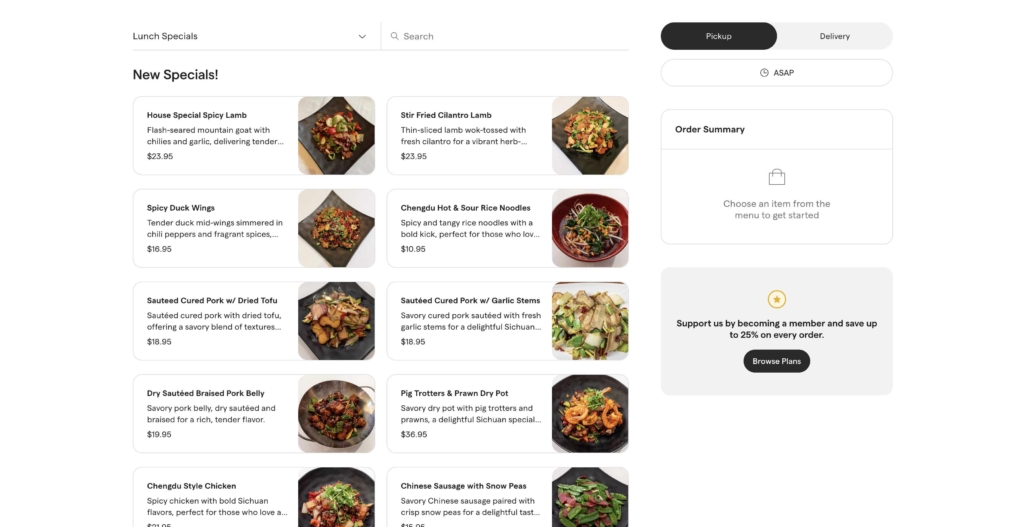
Regular customers immediately know when new menu items are available as opposed to searching the entire menu to see what’s different.
Test and Update Based on Data
One of the best things about digital menus is that they’re easy to update. Unlike a printed layout, you can test, tweak, and improve your online menu at any time, all based on real performance metrics.
Use Your Data to Find What’s Working
Start by checking your POS or online ordering reports.
Which menu items are getting the most clicks?
Where are guests dropping off?
What’s helping boost average order value, and what’s being ignored?
Make Small Changes, Then Track the Results
You don’t need to overhaul your whole menu. Just try one change at a time: move a high-profit-margin dish higher in a section, swap out a badge, or rotate in a new limited-time offer.
Give it a week or two, then look at the data again.
Frequently Asked Questions About Digital Menu Psychology
What is digital menu psychology?
Digital menu psychology is the practice of using design, pricing, and layout techniques to influence how guests interact with your online menu. From where you place menu items to how you write a meal description, every detail affects what diners choose and how much they spend.
How can I increase average order value through my online menu design?
Start by using psychological pricing techniques like decoy pricing, showing higher prices first in each section, and offering strategic add-ons. You can also use categories like “Most Popular” or “Limited Time” to steer attention toward profitable items. Clear sections and thoughtful menu categories also help diners feel confident in their choices, which can lead to larger orders.
How do I decide which items should include images or detailed descriptions?
Focus on your top-converting or high-profit-margin items. A great photo or enticing meal description can nudge guests to try something new or upgrade their order.
How often should I reorganize or update my digital menu layout?
There’s no perfect schedule, but a good rule of thumb is to review your layout every month. Look at your menu item sales data and rotate in seasonal items, adjust pricing, or refresh badges on top-performing dishes. The flexibility of a digital menu means you can adapt quickly to what your guests respond to without needing a full redesign.
Better Menu Design Starts With Understanding Behavior
Once you understand the techniques and strategies that inspire customers to take action, you can begin designing a profitable online menu.
That’s when it stops resembling a grocery list and starts becoming a profit-generating asset that can help you convert more diners and grow your customer base.
Contact ChowNow to learn how a Restaurant Website and Direct Online Ordering system can help you put these strategies into action, without giving up control or sacrificing your margins.
